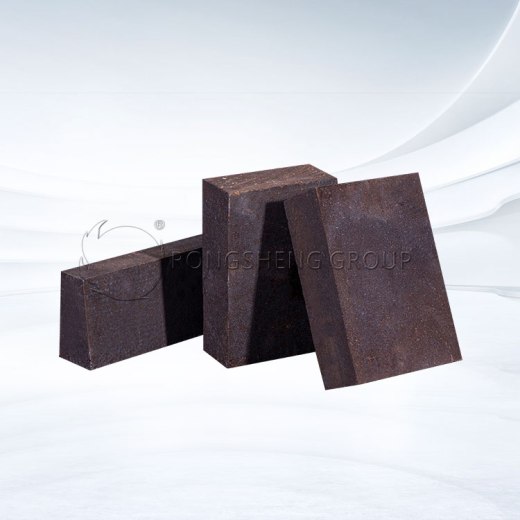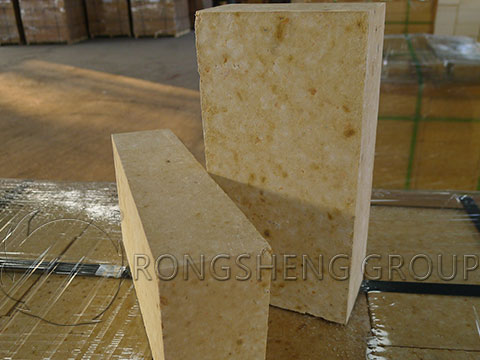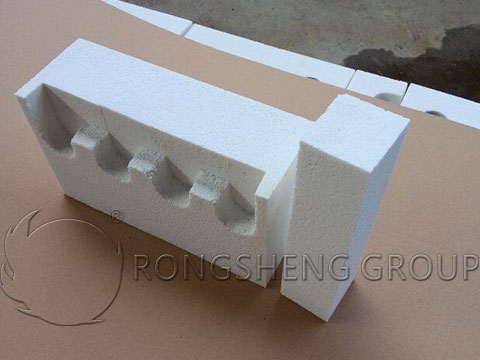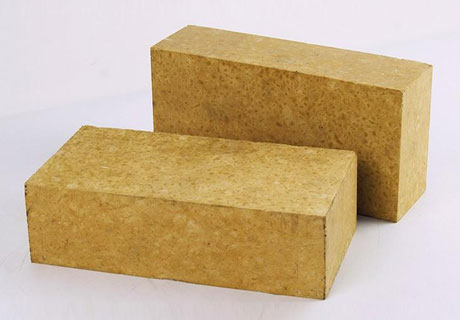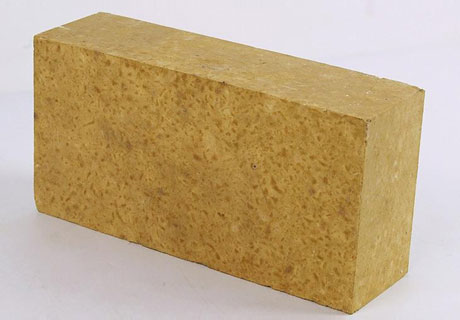High-temperature refractory bricks for kilns are a kind of high-temperature refractory material. It is usually used in the construction and maintenance of high-temperature furnaces, kilns, chimneys, and other industrial equipment. It is made of various refractory raw materials mixed in a certain proportion and then formed, dried, sintered, and other processes. High-temperature refractory bricks for kilns have excellent properties such as high-temperature resistance, chemical corrosion resistance, and wear resistance.

Classification of High-Temperature Refractory Bricks for Kilns
According to the different characteristics of refractory bricks such as materials, structures, and uses, refractory bricks can be divided into various types. Such as clay refractory bricks, high alumina refractory bricks, phosphate refractory bricks, magnesium aluminum refractory bricks, etc.
Characteristics of High-Temperature Refractory Bricks for Kilns
(1) High-temperature resistance. High-temperature refractory bricks for kilns can maintain stability in high-temperature environments. It will not soften, deform or melt, and can withstand high temperatures up to 1700°C.
(2) Chemical corrosion resistance. High-temperature refractory bricks for kilns can remain stable under the corrosion of acid, alkali, salt, and other chemical media without chemical reaction and damage.
(3) Anti-wear properties. High-temperature refractory bricks for kilns have high surface hardness and are not easy to wear and fall off.
(4) Good thermal conductivity. High-temperature refractory bricks for kilns have good thermal conductivity and can ensure uniform temperatures in the furnace.
(5) Easy to process. High-temperature refractory bricks for kilns are easy to process into products of various shapes and sizes and are suitable for the construction and maintenance of different forms of industrial equipment.
Application of High-Temperature Refractory Bricks for Kilns
High-temperature refractory bricks for kilns are widely used in kilns, chimneys, and furnaces in metallurgy, chemical industry, building materials, electric power, glass, ceramics, and other industries. Construction and maintenance of industrial equipment such as melting furnaces, heating furnaces, heat treatment equipment, glass kilns, etc.
Maintenance of High-Temperature Refractory Bricks for Kilns
(1) Periodic inspection. Regularly check the use of refractory bricks, and replace them in time if they are damaged or damaged.
(2) Avoid hot and cold changes. Refractory bricks are prone to cracking when exposed to changes in heat and cold. Therefore, after the furnace or kiln is turned off, methods such as rapid cooling or water cooling should be avoided, and a slow cooling method should be adopted.
(3) Avoid shock and vibration. Avoid knocking or impacting on the refractory bricks, so as not to damage the structure and surface of the refractory bricks.
(4) Clean up the residue. Clean up the residues and deposits on the surface of refractory bricks in time to keep the surface clean and smooth. To reduce the generation of smoke and exhaust gas.

Application of High-Temperature Insulation Refractory Brick for Kiln
- The working layer of various industrial furnaces, such as carbonization furnaces, cracking furnaces, tunnel kilns, industrial boilers, etc.
- The heat insulation layer of industrial furnaces, such as heating furnaces, hot blast furnaces, etc.
There are many types of insulating refractory bricks. When selecting heat-insulating refractory bricks for industrial kilns, it is necessary to select the appropriate heat-insulating refractory bricks according to the actual operating temperature inside the kiln, the use conditions of the refractory bricks, and the service cycle. Insulation refractory bricks are used as the insulation lining of industrial kilns, and there are still differences between heat insulation refractory bricks and common refractory bricks. RS Refractory Bricks Manufacturer can provide high-quality heat-insulating refractory bricks of various specifications and materials for various high-temperature industrial kilns. According to the actual needs of customers, we can also customize the size of heat-insulating refractory bricks, kiln lining masonry, and other services. To learn more about high-temperature refractory bricks for kilns and more information about insulating refractory bricks, please contact us for free prices and samples.



